#FERRET.
Explore tagged Tumblr posts
Text
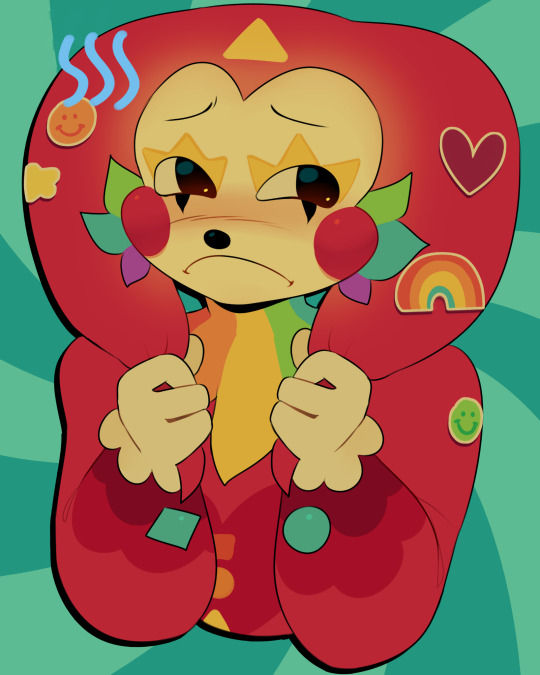
Hai do you like art block? Yeah me neither
Anyway I now have a name for this silly lil jester!! It's Mister Marby!
Currently working on the environment for Sunshine Funtime and wow, that's not easy-
#What's his first name you ask? Good question....#oh btw#i wanted to make him a dog originally BUT NO#FERRET.#it fits so well omg#Did you know ferrets are extremely curious? perfect.#art#digital art#arg#sunshine funtime#original character#character design#character art#digital drawing#puppet
438 notes
·
View notes
Text
Cuddling. don’t mind the claws of the beast

53K notes
·
View notes
Text
YOINK!
Source: US fish and wildlife service on instagram (https://www.instagram.com/reel/C817Hl-qrm-/)
#black footed ferret#ferret#us fish and wildlife service#animals#today i learned “usfw” on tumblr is used for “unsafe for work”
21K notes
·
View notes
Text
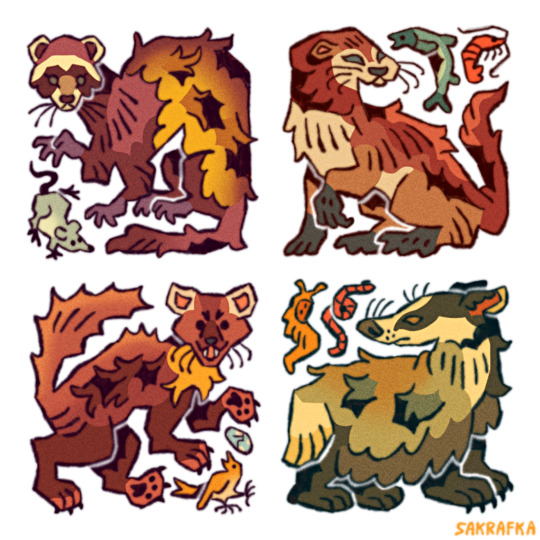
european mustelids
#these girls will be made into stickers!#drawing#artwork#illustration#draw#digital art#mustelids#my art#original art#badgers#ferret#pine marten#artist on tumblr#artist#illustrator#art
15K notes
·
View notes
Text

146K notes
·
View notes
Text
Feel free to specify in the tags :) if the animal is one that needs company assume you'd have multiple
24K notes
·
View notes
Text
"Once thought to be extinct, black-footed ferrets are the only ferret native to North America, and are making a comeback, thanks to the tireless efforts of conservationists.
Captive breeding, habitat restoration, and wildlife reintegration have all played a major role in bringing populations into the hundreds after near total extinction.
But one other key development has been genetic cloning.
In April [2024], the United States Fish and Wildlife Service announced the cloning of two black-footed ferrets from preserved tissue samples, the second and third ferret clones in history, following the birth of the first clone in December 2020.
Cloning is a tactic to preserve the health of species, as all living black-footed ferrets come from just seven wild-caught descendants. This means their genetic diversity is extremely limited and opens them up to greater risks of disease and genetic abnormalities.
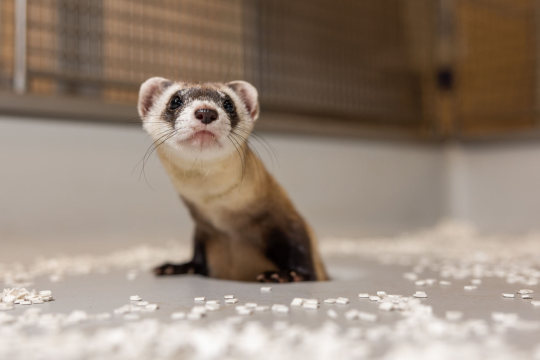
Now, a new breakthrough has been made.
Antonia, a black-footed ferret cloned from the DNA of a ferret that lived in the 1980s has successfully birthed two healthy kits of her own: Sibert and Red Cloud.
These babies mark the first successful live births from a cloned endangered species — and is a milestone for the country’s ferret recovery program.
The kits are now three months old, and mother Antonia is helping to raise them — and expand their gene pool.
In fact, Antonia’s offspring have three times the genetic diversity of any other living ferrets that have come from the original seven ancestors.

Researchers believe that expanded genetic diversity could help grow the ferrets’ population and help prime them to recover from ongoing diseases that have been massively detrimental to the species, including sylvatic plague and canine distemper.
“The successful breeding and subsequent birth of Antonia's kits marks a major milestone in endangered species conservation,” said Paul Marinari, senior curator at the Smithsonian’s National Zoo and Conservation Biology Institute.
“The many partners in the Black-footed Ferret Recovery Program continue their innovative and inspirational efforts to save this species and be a model for other conservation programs across the globe.”

Antonia actually gave birth to three kits, after mating with Urchin, a 3-year-old male ferret. One of the three kits passed away shortly after birth, but one male and one female are in good health and meeting developmental milestones, according to the Smithsonian.
Mom and babies will remain at the facility for further research, with no plans to release them into the wild.
According to the Colorado Sun, another cloned ferret, Noreen, is also a potential mom in the cloning-breeding program. The original cloned ferret, Elizabeth Ann, is doing well at the recovery program in Colorado, but does not have the capabilities to breed.
Antonia, who was cloned using the DNA of a black-footed ferret named Willa, has now solidified Willa’s place as the eighth founding ancestor of all current living ferrets.
“By doing this, we’ve actually added an eighth founder,” said Tina Jackson, black-footed ferret recovery coordinator for the U.S. Fish and Wildlife Service, in an interview with the Colorado Sun.
“And in some ways that may not sound like a lot, but in this genetic world, that is huge.”

Along with the USFWS and Smithsonian, conservation organization Revive & Restore has also enabled the use of biotechnologies in conservation practice. Co-founder and executive director Ryan Phelan is thrilled to welcome these two new kits to the black-footed ferret family.
“For the first time, we can definitively say that cloning contributed meaningful genetic variation back into a breeding population,” he said in a statement.
“As these kits move forward in the breeding program, the impact of this work will multiply, building a more robust and resilient population over time.”"
-via GoodGoodGood, November 4, 2024
#ferret#ferrets#mustelid#black footed ferret#conservation#endangered species#conservation biology#biodiversity crisis#dna#genetics#cloning#good news#hope#hope posting#hopecore#hopepunk
10K notes
·
View notes
Text
My favorite signage from the NEW Zoo in northern Wisconsin.
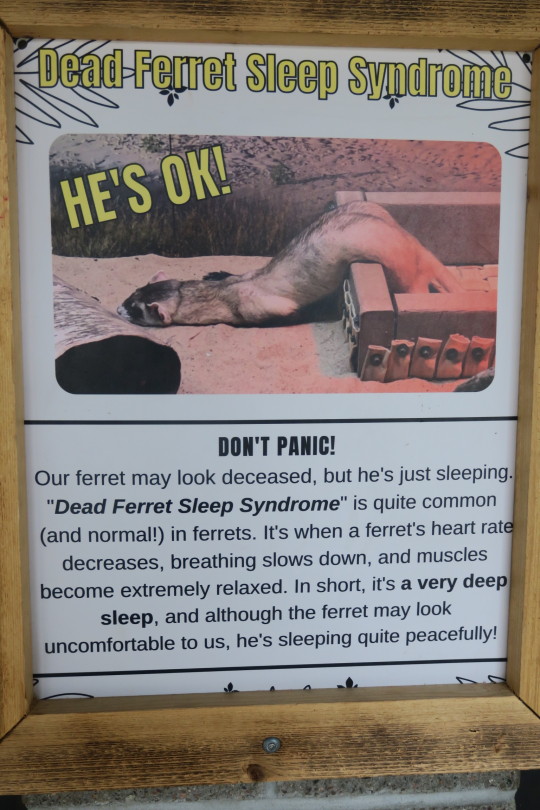
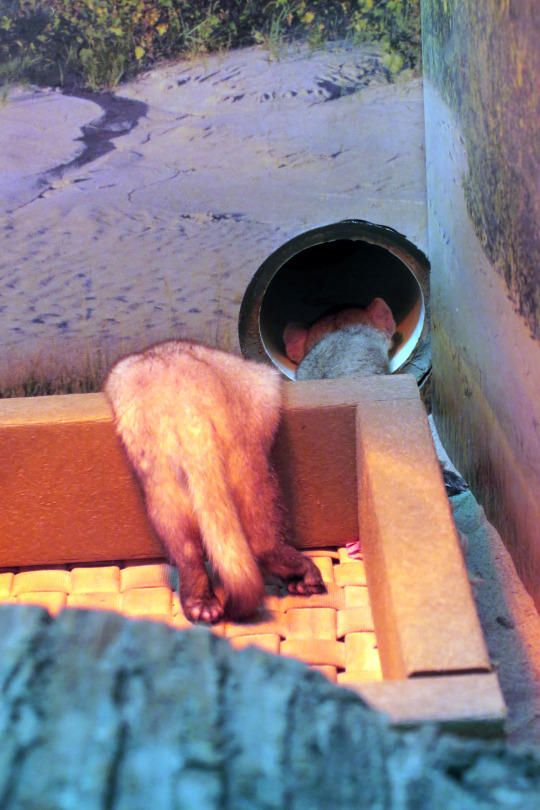
28K notes
·
View notes
Text
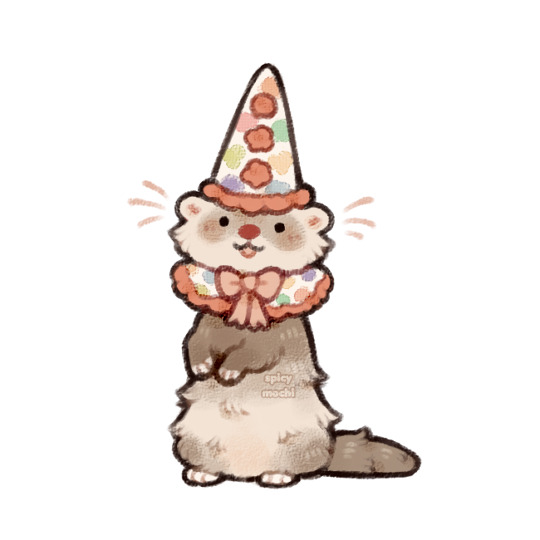
clown ferret
#ferret#clowns#artists on tumblr#digital art#digital illustration#my art#art#drawing#artwork#cute#kawaii#chibi#animals#animal art#illust#soft art#nature#memes
46K notes
·
View notes
Text
a lovely creecher
76K notes
·
View notes
Text

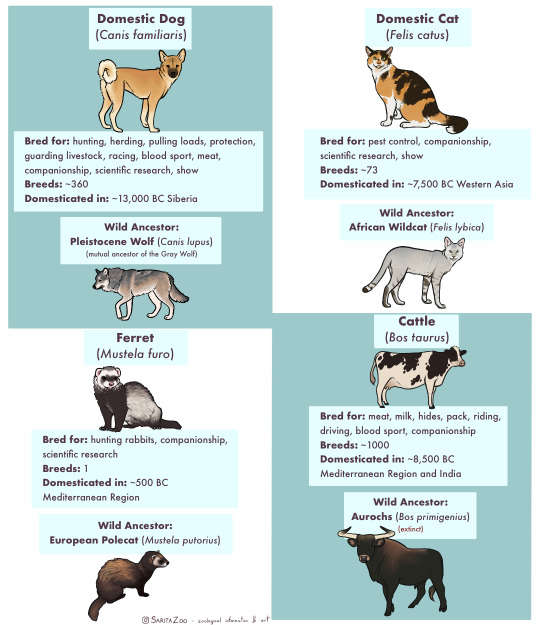


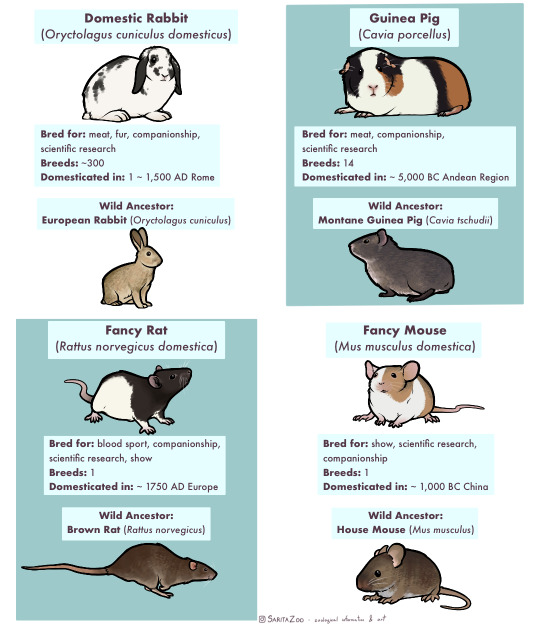
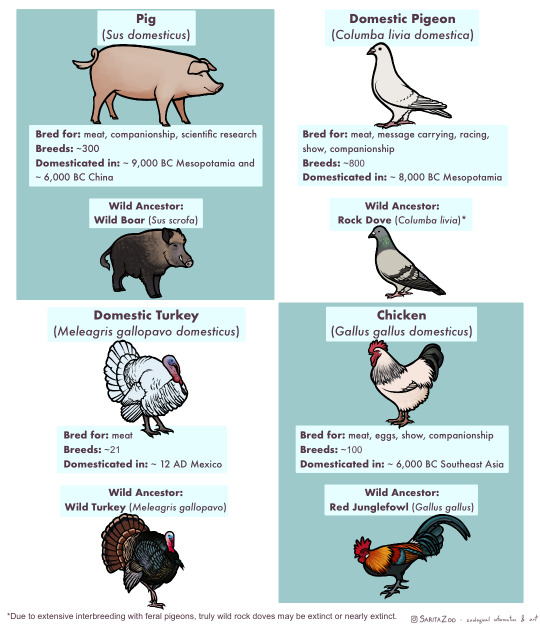
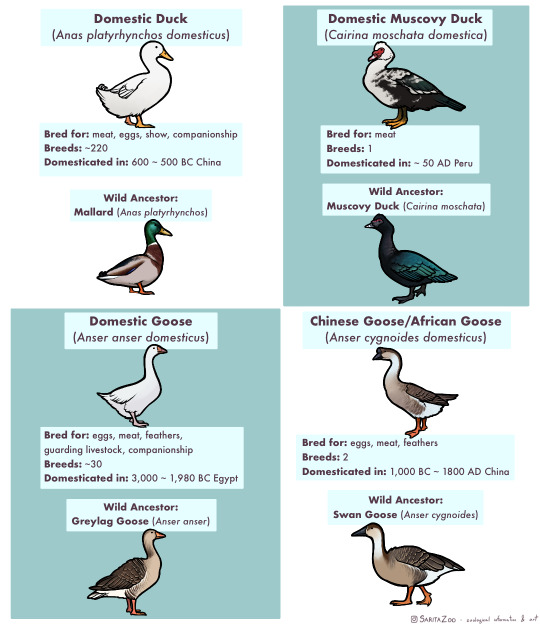
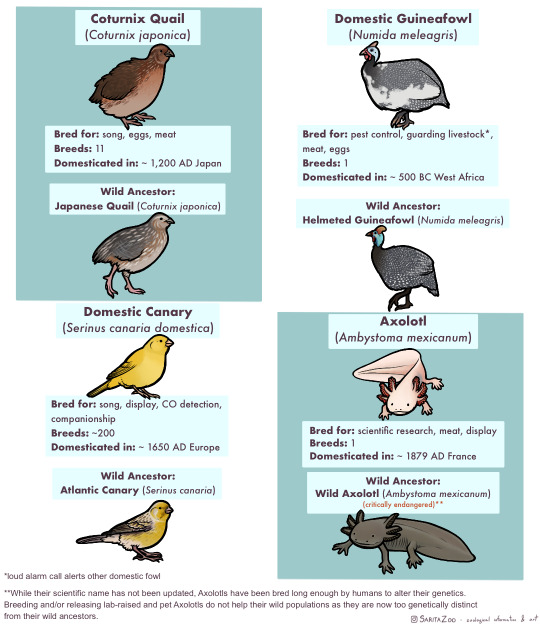
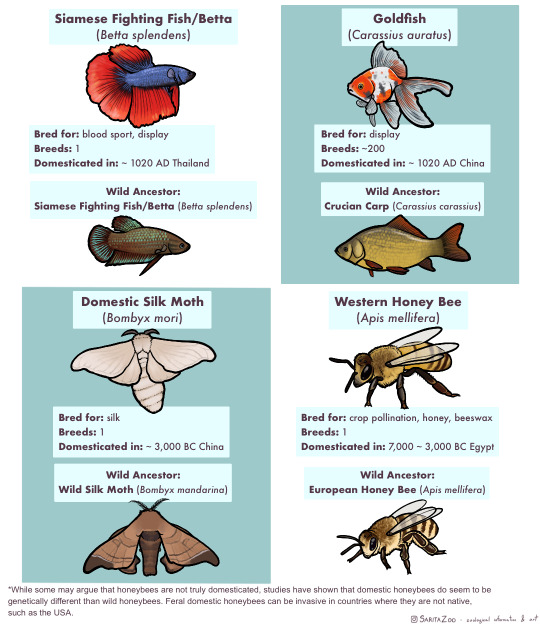

Phew. This one took, uh… a bit longer than expected due to other projects both irl and art-wise, but it’s finally here. The long-awaited domestic animal infographic! Unfortunately, I didn’t have enough space to cover every single domestic animal (I’m so sorry, reindeer and koi, my beloveds) but I tried to include as many of the “major ones” as possible.
I made this chart in response to a lot of the misunderstandings I hear concerning domestic animals, so I hope it’s helpful!
Further information I didn’t have any room to add or expand on:
🐈 “Breed” and “species” are not synonyms! Breeds are specific to domesticated animals. A Bengal Tiger is a species of tiger. A Siamese is a breed of domestic cat.
🐀 Different colors are also not what makes a breed. A breed is determined by having genetics that are unique to that breed. So a “bluenose pitbull” is not a different breed from a “rednose pitbull”, but an American Pitbull Terrier is a different breed from an American Bully! Animals that have been domesticated for longer tend to have more seperate breeds as these differing genetics have had time to develop.
🐕 It takes hundreds of generations for an animal to become domesticated. While the “domesticated fox experiment” had interesting results, there were not enough generations involved for the foxes to become truly domesticated and their differences from wild foxes were more due to epigenetics (heritable traits that do not change the DNA sequence but rather activate or deactivate parts of it; owed to the specific circumstances of its parents’ behavior and environment.)
🐎 Wild animals that are raised in human care are not domesticated, but they can be considered “tamed.” This means that they still have all their wild instincts, but are less inclined to attack or be frightened of humans. A wild animal that lives in the wild but near human settlements and is less afraid of humans is considered “habituated.” Tamed and habituated animals are not any less dangerous than wild animals, and should still be treated with the same respect. Foxes, otters, raccoons, servals, caracals, bush babies, opossums, owls, monkeys, alligators, and other wild animals can be tamed or habituated, but they have not undergone hundreds of generations of domestication, so they are not domesticated animals.
🐄 Also, as seen above, these animals have all been domesticated for a reason, be it food, transport, pest control, or otherwise, at a time when less practical options existed. There is no benefit to domesticating other species in the modern day, so if you’ve got a hankering for keeping a wild animal as a pet, instead try to find the domestic equivalent of that wild animal! There are several dog breeds that look and behave like wolves or foxes, pigeons and chickens can make great pet birds and have hundreds of colorful fancy breeds, rats can be just as intelligent and social as a small monkey (and less expensive and dangerous to boot,) and ferrets are pretty darn close to minks and otters! There’s no need to keep a wolf in a house when our ancestors have already spent 20,000+ years to make them house-compatible.
🐖 This was stated in the infographic, but I feel like I must again reiterate that domestic animals do not belong in the wild, and often become invasive when feral. Their genetics have been specifically altered in such a way that they depend on humans for optimal health. We are their habitat. This is why you only really see feral pigeons in cities, and feral cats around settlements. They are specifically adapted to live with humans, so they stay even when unwanted. However, this does not mean they should live in a way that doesn’t put their health and comfort as a top priority! If we are their world, it is our duty to make it as good as possible. Please research any pet you get before bringing them home!
#SaritaZoo#my art#domestic animals#domestication#pets#dogs#cats#ferrets#cows#sheep#goats#bovids#horses#donkeys#camels#llamas#alpacas#rabbits#guinea pigs#rats#pet rats#pet mice#pigs#pigeons#turkeys#chickens#ducks#geese#quail#i ran out of tags rip
34K notes
·
View notes
Text
Bruce, new to parenting: How long does your ideal hug last?
Dick: 30 to 40 minutes.
Bruce, already carrying him: That's a bit impractical-
Dick: You said ideal, not realistic
#prompts#batman#dc#dcu#dick grayson#bruce wayne#batdad#battinson#give him a robin#incorrect quotes#funny quotes#Dick clings like a koala & Jason gets carried like a ferret
10K notes
·
View notes
Text
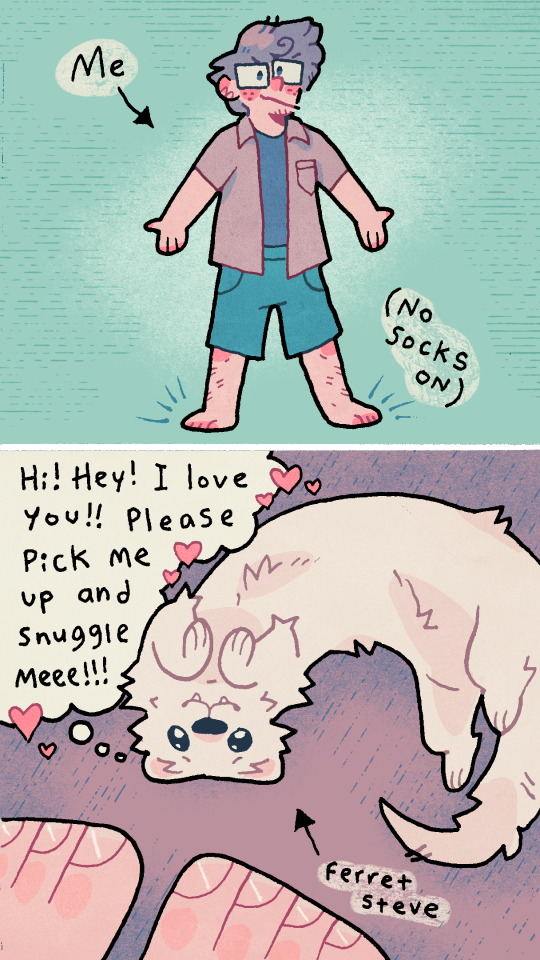
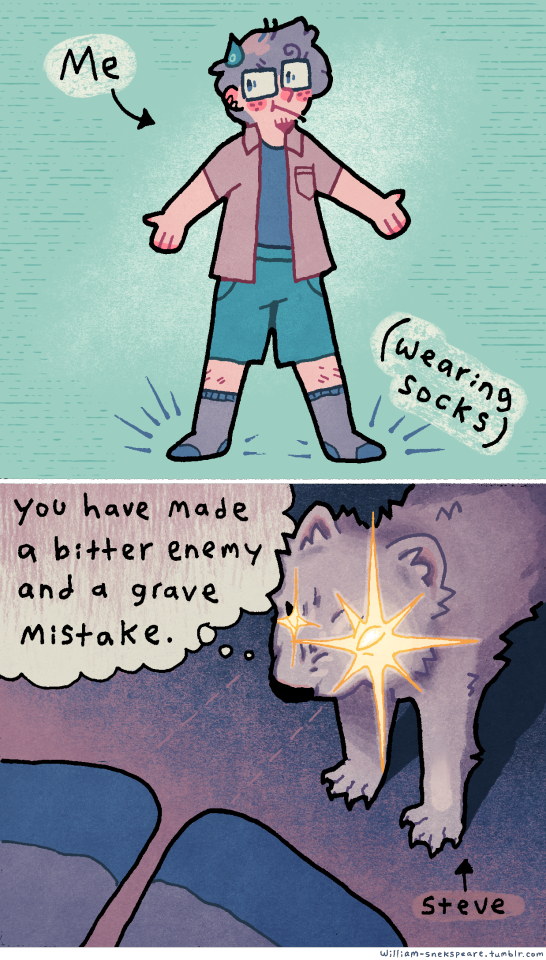
alternate take on my other steve comic.
help me afford new socks
#Steve#ferret#ferrets#not snakes#art#comic#artists on tumblr#kofi#Steve is really very sweet. but his kindness has its limits
31K notes
·
View notes
Text
You are made to live as a kind of house-pet for one week. You are well taken care of and loved, but you are unable to communicate to the person taking care of you that you are a person. What is your reaction?
Spin the wheel to find out which pet you will spend a week as.
#fun polls#my polls#picker wheel#picker wheel poll#pickerwheel#poll time#polls#random polls#tumblr poll#tumblr polls#pets#cute pets#dog#cat#chinchilla#lizard#snake#bird#birds#reptiles#turtle#rodents#ferret
4K notes
·
View notes
Text


i had a a weird dream where horrible things kept happening to mustelid women and it inspired me to create a horribly anxious ferret woman
7K notes
·
View notes
Text
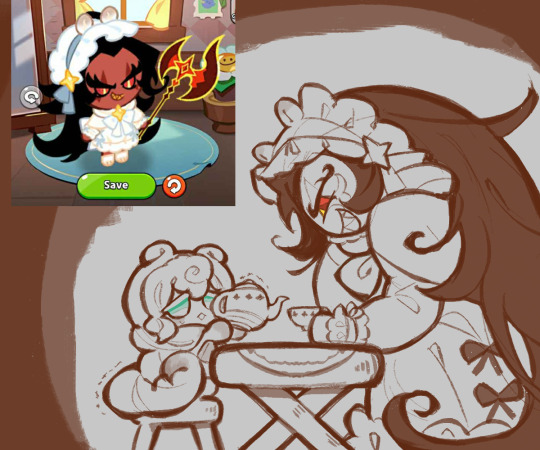
Ngl the bonnet unironically looks good on him
4K notes
·
View notes